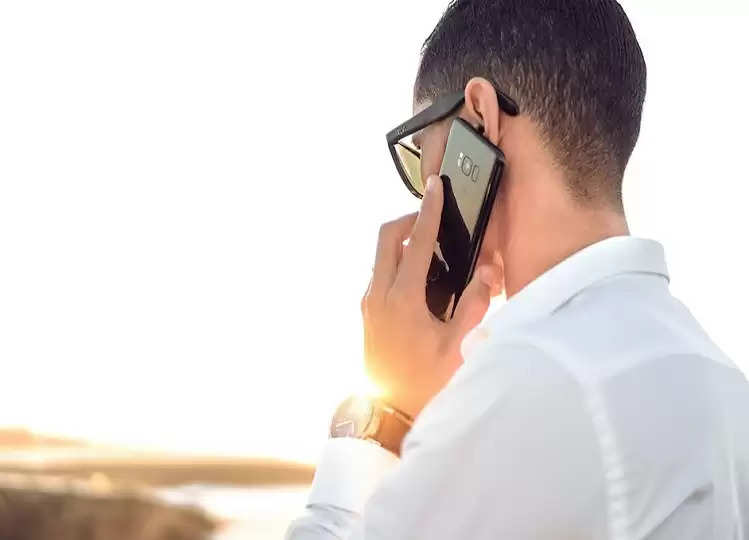Not only iPhone, now Android users can also transfer E-Sim, know the method here!

pc: abplive
As people are increasingly adopting advanced technology. An example of this change is the shift from physical SIM cards to eSIM cards in mobile phones. While physical SIM cards were predominantly used earlier, some individuals have started using eSIM cards. In this digital age, eSIM cards are considered better for privacy and security than physical SIM cards.
Currently, a relatively small number of people are using eSIM cards in India, but the user base is gradually increasing. All three major telecom companies of India provide the facility of eSIM card. Apple has been providing eSIM functionality in its iPhones for quite some time, and some Android smartphones are starting to feature this technology as well. However, one challenge with eSIM on Android is the inability of users to easily transfer it from one device to another. Currently, users have to manually send messages to complete the transfer process. But this is expected to change soon.
Google is introducing the option to transfer eSIM cards between Android devices with Android 14. Initially, the feature was limited to Pixel devices, but it is now expanding to other Android phones. However, this feature is yet to be rolled out on a wide scale.
The data transfer process involves scanning the QR code of the eSIM from the new device to the old device. This process activates the eSIM on the new device, allowing users to use the SIM card on the old device until the process is complete. Samsung users are seeing this change with the One UI 6.1 update, which signals a change in the way eSIM cards are managed.
This change was first spotted on Reddit by a user named FragmentedChicken and Samsung has implemented this option in the One UI 6.1 update. Google previously showcased the eSIM transfer tool at MWC 2023. The availability of this option across Samsung and non-Samsung devices means that the feature is slowly being introduced to a wider audience. While currently, it is available for pixel-to-pixel and newer Samsung devices, it is expected to become more accessible in the future.
